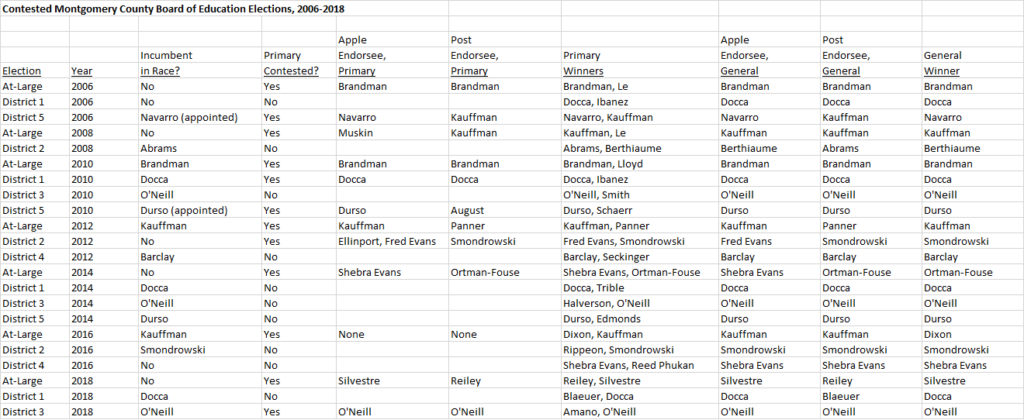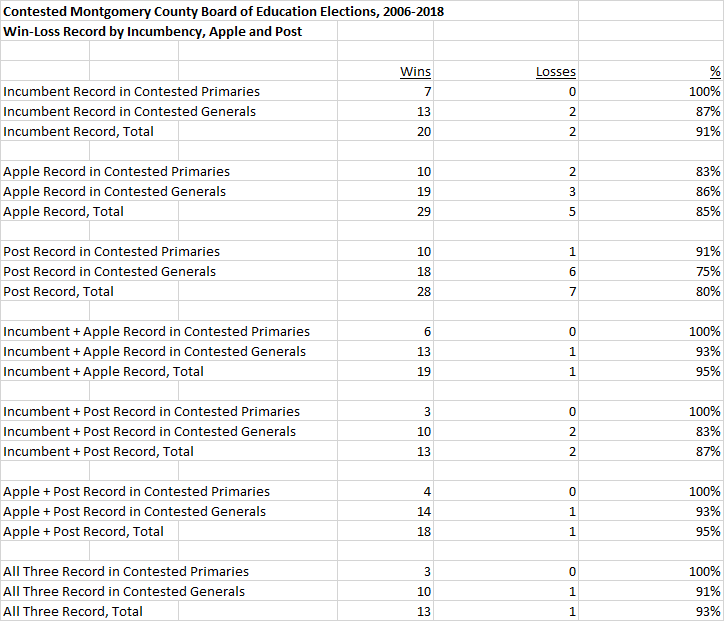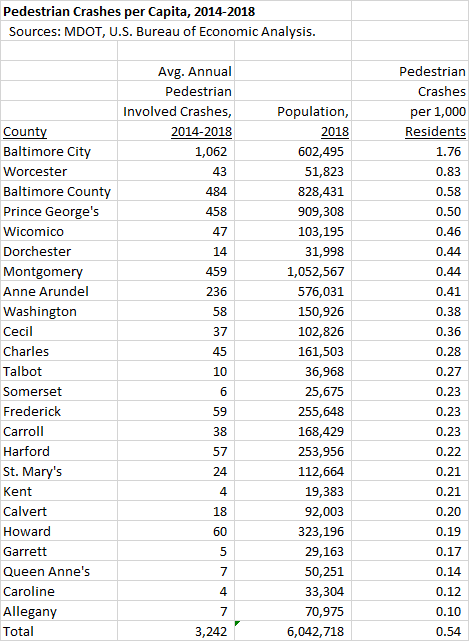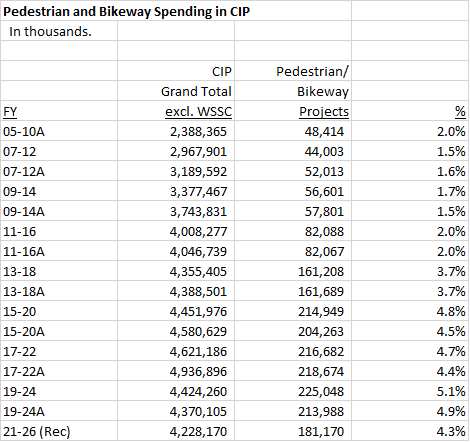By Adam Pagnucco.
They look like the folks who were elected in 2018. Their names match the names listed on the county website. There is no evidence of alien abductions or replacement by clones. And yet, they don’t sound like members of the Montgomery County Council.
Who are these people?
In a scene seemingly lifted from a strange dream, a majority of the county council convened yesterday to oppose two state bills giving them additional taxing authority. One bill would let them raise the maximum income tax rate and establish brackets instead of the current flat structure. Another bill would let them raise property taxes on different categories of property, including homes with more than 5,000 square feet. Council staff recommended that the council support the legislation.
Six council members said no.
Who are these people?
The six individuals (assuming they are not cloned replacements) who said no are Council Members Gabe Albornoz, Sidney Katz, Nancy Navarro, Craig Rice, Hans Riemer and Andrew “Real Deal” Friedson. The vote of Friedson, who has emerged as the council’s leading voice of fiscal sanity, is no surprise. But Katz, Navarro, Rice and Riemer all voted for the 8.7% property tax increase of four years ago, an event that contributed to the passage of term limits. The increase was supposed to close MCPS’s achievement gap, but a recent Office of Legislative Oversight report showed little if any progress on that issue despite the large tax hike.
Some members of past councils might have jumped up and down to be awarded more taxing authority by the state. The constraints on both property and income taxes are real. State law requires that counties charge one tax rate for almost all real property (although offsetting credits can be awarded and multiple taxes might be levied). State law also requires that counties may charge a maximum income tax rate of 3.2% using a flat structure with no brackets. The state bills advocated by Council Member Will Jawando and Delegate Julie Palakovich Carr do not mandate county tax hikes, but they do grant enabling authority to the council to devise them. Certain options, like establishing a new top income tax bracket, could raise millions for county government. And yet six council members said no.
Who are these people?
Let’s let them tell us. Here are a few quotes from the council meeting at which the state bills were considered.
Friedson: “We need to demonstrate as a county, as a county council, as political leadership at this really important time for where we move forward that we are focused relentlessly on growing the tax base and not only focused on raising the tax rates.”
Albornoz: “We all read the report recently that our colleagues in Prince George’s County have surpassed us with regards to economic development here locally and so we are now not just competing with our colleagues and friends across the river and the District of Columbia, but we’re competing with local jurisdictions right here within the State of Maryland to actively and aggressively expand economic development opportunities here within the county.”
Riemer: “My concern at the moment is there is a really significant tax proposal that is already on the table, and that is to tax services. And that is going to have a huge impact on our county’s economy. I feel like we ought to not confuse the conversation about that issue with additional proposals. I think we ought to let the state leadership kind of drive the train… We ought to just hang back at this time and let the state process do its work and not complicate that matter with trying to drive funding proposals from the county level that are really reaching to the same goal.”
Rice: “I don’t think that we should be continuously going to the well locally and asking our residents individually to be paying more when we realize that as a state we know we can do it the right way.”
Riemer: “I don’t quite understand the timing of this idea and really why we’re talking about it.”
Friedson: “It is the wrong message to be sending at the worst time.”
Left unsaid but no doubt on the minds of the council was the menacing specter of political heckler Robin Ficker, who was on that very day delivering 16,000 signatures on behalf of his latest charter amendment to limit tax hikes. Past tax hikes helped Ficker pass two charter amendments in 2008 and 2016, but his newest one, which would prohibit growth in property tax collections from exceeding the rate of inflation, is the most draconian of them all. Ficker cites a long history of county tax hikes in justifying his quest to bring them to an end. They were, of course, passed by prior county councils. This time, six council members declined to throw more red meat to Ficker.
Who are these people?
Could it be that they recall the harsh lesson of four years ago and are now more careful in considering the issue of taxes?
If not, let’s call the aliens and ask what they did with our council members!







